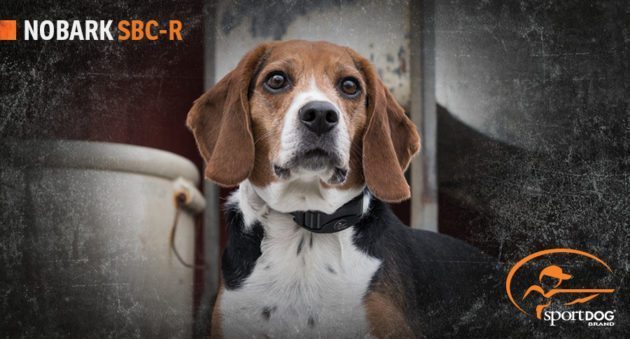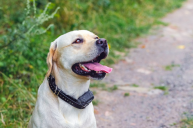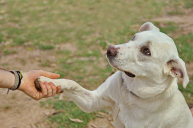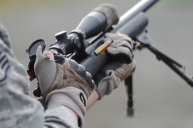Reliability, simplicity, and effectiveness are among the reasons to use a bark-control collar.
When the electronic bark-control collar was first introduced, skepticism rang loudly. Over time, familiarity with the concept and the design overturned that.
Nowadays, these collars are accepted as a common training tool for dog owners of all kinds. Still, a few common misconceptions remain, and by addressing them you'll know what you're getting should you decide a bark collar is for you (and your dog).
SportDOG® Brand is a leader in the design and manufacturing of some the most dependable and trusted dog-training products and accessories, so it's natural that they can help answer some of these remaining questions.
These are the three misconceptions they hear most often, and the truth behind each.
1. Bark Collars Aren't Safe
One of the earliest misconceptions regarding the use of a bark collar is that it's not safe for dogs.
The amount of static stimulation was thought to be too much for the dog to endure, and likely to cause irreconcilable harm. This is simply not true.
SportDOG has gone to considerable lengths to make sure that each of its collars is safe for use on dogs. Through an extensive research and development process, and by using the most advanced technology available, SportDOG collars are considered to be among the safest designs on the market.
Their newest bark-control collar, the NoBark SBC-R uses Silent Partner™ technology to detect your dog's unique barking style and delivers a correction only then. By filtering out any external noise, including another dog's bark, your dog receives the most consistent training possible.
The collar also features 10 levels of static stimulation as well as three programmable modes: Temperament Learning, Progressive Correction and User-Selected. The new collar can detect if your dog barks 15 times or more within an 80 second period, and will stop issuing static stimulation for 30 seconds before resuming normal operation.
These features, along with a waterproof and submersible housing, make the SBC-R one of the safest collars on the market.
2. Using One Will Stop My Dog From Ever Barking Again
Most pet owners don't set out to keep their dogs entirely quiet. While it's true that the purpose of a bark-control collar is to curb unwanted outbursts, it's not permanent.
If you simply remove the collar, then over time, the dog will begin to associate its behavior with the collar.
The three selectable modes and 10 levels of static stimulation found in the SportDOG Brand® NoBark SBC-R allow the anti-bark collar to fit a dog's specific needs, making the transition process even easier.
3. A Bark Collar Should Be Worn 24/7
That's just not the case. If worn for more than the recommended amount of time, any kind of electronic collar can be dangerous to a dog's health. It's not the static stimulation, but something called "pressure necrosis" that causes the problem.
Pressure necrosis is trauma to a dog's skin (calluses, sores, etc.) that develops after a collar remains on a dog for an extended period of time. It's human error, and is not a failure of the collar.
To prevent this, the collar must be properly fit to the dog's neck, and rotated to different positions when used for long periods throughout the day. If the collar is too tight, continual pressure from the contact points (i.e. probes) can restrict blood flow to the tissue underneath, causing it to breakdown and deteriorate.
Also, if the collar is too loose, it can be easily rotated around the neck or moved vertically as the dog raises or lowers its head. You don't want that, either.
Owners need to make sure the collar is properly adjusted and remove it after no more than 8-10 hours per day. The probes of the collar can be cleaned with alcohol wipes every 1-2 days to prevent bacteria from developing, which is another easy way to prevent any problems from arising.
Make sure you're following the directions and using a bark collar like you should, and you and your dog won't have anything to concern yourself with other than useful training.
NEXT: 5 THINGS YOU (AND YOUR HUNTING DOG) CAN'T FORGET WHILE TRAINING




